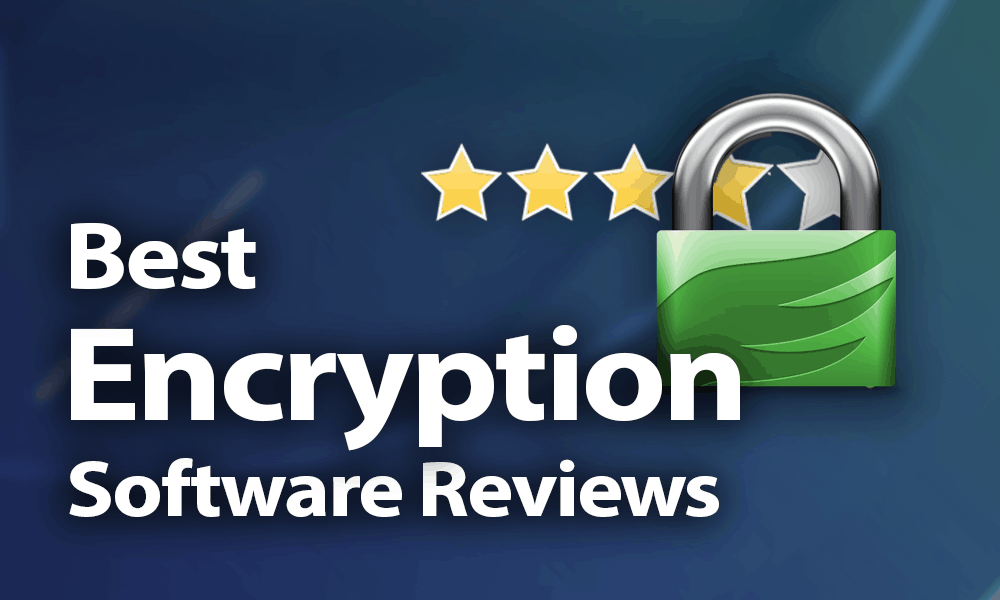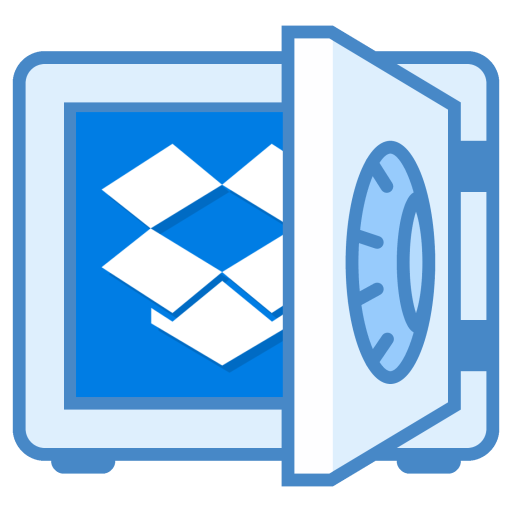

- #DROPBOX VERACRYPT INSTALL#
- #DROPBOX VERACRYPT SOFTWARE#
- #DROPBOX VERACRYPT PASSWORD#
- #DROPBOX VERACRYPT DOWNLOAD#
- #DROPBOX VERACRYPT WINDOWS#
One of the main advantages of cloud storage is that you can quickly download a file on your mobile device. Going back to the drive that Boxcryptor appears as will let you open the file and have it work because it is decrypted. Try opening one of the files inside of it. Once you've put a few files into it, try going back to your main cloud storage folder (i.e Dropbox), and take a look at your encrypted folder (encrypted.bc in my case). Instead, Boxcryptor will mount it, meaning that it will appear as a drive, the same way that a USB flash-drive does! It is in this drive that you want to put all your data. A very important thing to note is that you shouldn't put files into this folder. From there, it will set up an encrypted folder that will house all the files you want to protect.
#DROPBOX VERACRYPT INSTALL#
Setting up Boxcryptor is fairly easy, you just need to install it and then link it to your cloud storage account. Boxcryptor Classic is built on EncFS and is fully compatible, so grab that version off their website. Currently, there are two versions of Boxcryptor: Boxcryptor Classic, and the new Boxcryptor.
#DROPBOX VERACRYPT WINDOWS#
For Windows Users: Windows users have a couple of options: an experimental port of EncFS from Linux to Windows, or a tool called Boxcryptor. It is in the decrypted folder that you'll want to put your files into. The decrypted folder should appear right next to it, but without the period. Cryptkeeper keeps your encrypted folder hidden by putting a period in front of the name. To check this, go to your cloud storage folder and enable the viewing of "hidden files". Cryptkeeper usually mounts the decrypted folder right beside the encrypted one. Unlocking the encrypted folder involves just clicking the Cryptkeeper icon, then clicking the folder you want to decrypt and typing in your password.
#DROPBOX VERACRYPT PASSWORD#
Once you've set a secure password you're pretty much done. For example, if you use Dropbox, then just create a folder inside of your Dropbox. After the dialogue box pops up, create a new folder inside of your cloud storage folder.

To set everything up, just click the Cryptkeeper icon, and then go to "New Encrypted Folder". For this reason, I also recommend getting a package called Cryptkeeper using sudo apt-get install cryptkeeper.

This installs the basic command line functionality of it, however a front-end GUI can make the process a lot simpler. Debian users can just type in sudo apt-get install encfs. For Linux users, look in your repositories as it should be there. So how does one go about obtaining EncFS? Like many things, this depends on your operating system. What EncFS offers is a fair compromise between convenience and security. Services such as Spideroak have strong privacy claims, and may be more seamless than this method, while services such as Veracrypt may be stronger cryptographically, but are clunky to say the least. It should be noted that EncFS is NOT the only secure method of protecting cloud data, nor is it necessarily the most secure. Veracrypt, on the other hand, has significant limitations in this regard, leading to not only more hassel but also wasted space on your cloud account. If later you increase the size of this very same picture to 5 megabytes, then everything adjusts accordingly. This means that if you upload a 1 megabyte picture, then you only upload a 1 megabyte picture. The second characteristic of EncFS is its variable file sizes.
#DROPBOX VERACRYPT SOFTWARE#
Fortunately, EncFS’s individual file encryption results in every change you make to a file being recognized by the cloud software (ie Dropbox) and uploaded. Other solutions, such as Veracrypt, suffer from the problem of not synchronizing with the server when changes are made. The first is that it protects files individually. With recent scares of Dropbox reading your data, and, well, everybody's compliance with NSA backdoors, some are moving off this supposedly magical cloud.īut what do we do if we want to stay on the cloud, we just don't want our data to be read? Luckily, there's a tool for that.ĮncFS is an encryption suite that has two specific characteristics that make it well suited for encrypting cloud storage.

Recently, these services have come under question as people start to become more concerned about organizations like the NSA spying in on their data, and rightfully so. Even changes to files can be automatically saved, with a history of revisions just in case you accidentally save an unwanted change. Services such as Dropbox, Skydrive, and Google Drive have become nearly ubiquitous, as their convenience for easy file backup and sharing among multiple devices is unmatched. In the past few years there has been a massive push by marketers to try and get us to buy into "The Cloud". EncFS Cloud Storage Encryption Tutorial | Encrypting Dropbox Category: cloud


 0 kommentar(er)
0 kommentar(er)
